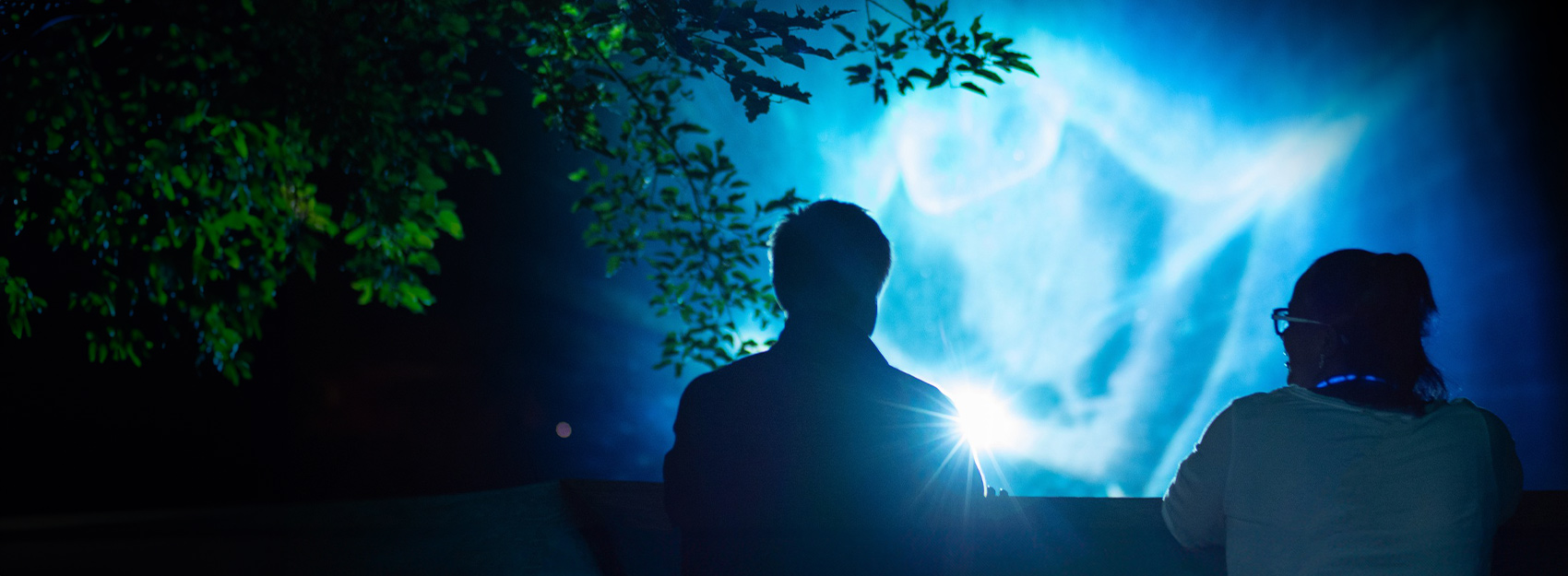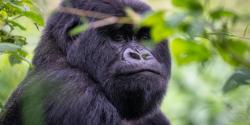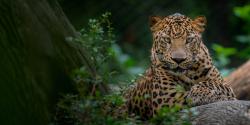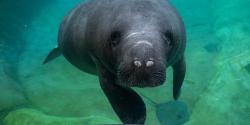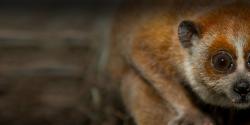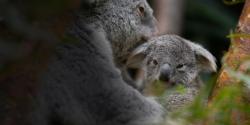Featured Species
Moa (Dinornithiformes)
The moa are a group of ostrich-like flightless birds. Before the arrival of humans, the moa's only predator was the massive Haast's eagle. New Zealand had been isolated for 80 million years and had few predators before human arrival. Polynesians arrived sometime before 1300, and all moa genera were soon driven to extinction by hunting and habitat reduction due to forest clearance. By 1445, all moa had become extinct, along with Haast's eagle, which had relied on them for food. Research strongly suggests that their extinction took less than 100 years.
Conservation Status: Extinct
Habitat & Range: Formerly endemic to New Zealand
Extinct due to: hunting and habitat loss from deforestation.
Kauaʻi ʻōʻō (Moho braccatus)
This bird was a type of honeyeater that ate arthropods, snails, fruits, and nectar.
Conservation Status: Extinct.
It was common in the 1890s but declined drastically during the early 20th century. In 1981, a single pair remained, the female of which was not found after Hurricane Iwa in 1982, the male being last seen in 1985. The last possible report, from vocalizations only, was in 1987.
Habitat & Range: Historically found in the forests of Kaua'i, Hawaii
Extinct due to:
- Habitat destruction
- Introduction of the black rat, pigs, and disease-carrying mosquitoes to their habitat
Dodo (Raphus cucullatus)
This flightless bird is frequently cited as one of the most well-known examples of human-induced extinction. Like many animals that evolved in isolation from significant predators, the dodo was entirely fearless of humans. This fearlessness and its inability to fly made the dodo easy prey for sailors.
Conservation Status: Extinct by 1662
Habitat & Range: Mauritius (an island of the Indian Ocean)
Extinct due to:
- Over-hunting
- Introduced animals, including dogs, pigs, cats, rats, and crab-eating macaques, plundered nests and competed for the limited food resource
Kakapo (Strigops habroptila)
This large, flightless parrot is skilled at climbing trees and uses its wings like a parachute when jumping to the ground.
Conservation Status: Critically Endangered, populations are increasing
Habitat & Range: Originally widespread across New Zealand, they currently only found on small coastal islands surrounding New Zealand.
Threats: Invasive, human-introduced species such as cats, rats, introduced bacteria and diseases
Great auk (Pinguinus impennis)
This flightless seabird was skilled at diving and catching fish.
Conservation Status: Extinct. The last live bird was seen off the Newfoundland Banks in 1852.
Habitat & Range: formerly distributed across the north Atlantic on rocky outcrops from Canada through Greenland to Denmark
Extinct due to: hunting for its feathers, meat, fat, and oil
Shoebill Stork (Balaeniceps rex)
Though commonly called a stork, this unique looking bird spends most of its time motionless until it suddenly and quickly lunges at its prey, mostly fish and water snakes.
Conservation Status: Vulnerable, populations are decreasing
Habitat & Range: Large swamps from South Sudan to Zambia
Threats:
- Their swamp and marsh habitats are being converted to agricultural land.
- Disturbance of their feeding areas by fisherman
- The bird trade
